5 Myths About Buenos Aires You Should Ignore
Forget the travel bloggers if you want to enjoy Argentina’s capital
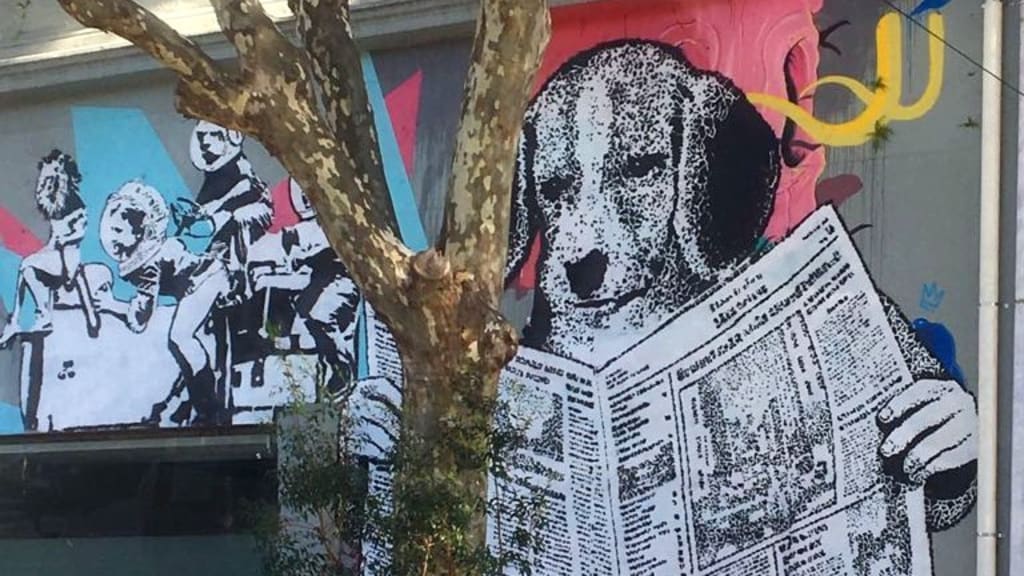
Throw away those Buenos Aires guidebooks and ignore the travel blogs — they’re all wrong and possibly even dangerous.
I’ve come to the conclusion that Buenos Aires travel blogs are written by those who’ve never been there or those who stayed in the tourist areas and in tourist hotels only.
I met my wife in Buenos Aires and she’s a Porteña — a Porteño/a is a male/female native of the city. I’ve lived, worked and visited Buenos Aires regularly for years. I consider myself an honorary Porteño.
So let’s take a look at those annoying Buenos Aires blogging myths.
Myth 1 — Buenos Aires is the Paris of South America
I’ve yet to read a travel guide or blog that doesn’t claim Buenos Aires to the Paris of South America. It’s not. Buenos Aires is the Buenos Aires of South America.
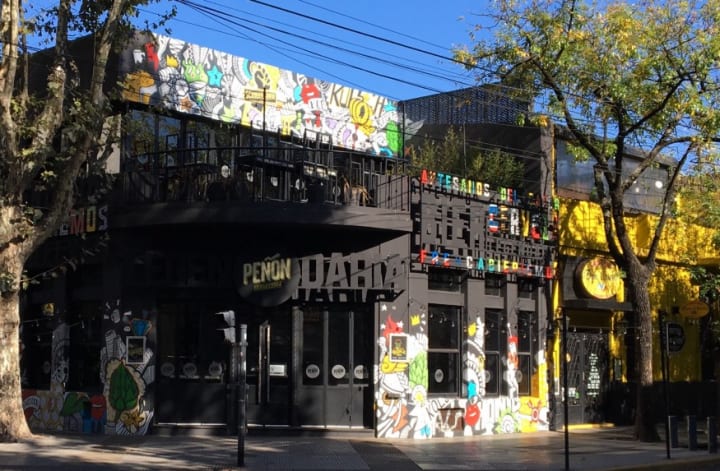
This myth arose around the end of the 19th century. The country was booming and the wealthy areas of the city were redeveloped using the architectural styles of Paris.
Much of this was swept away in later developments or fell into disrepair due to the difficult economic conditions the country has faced over the years.
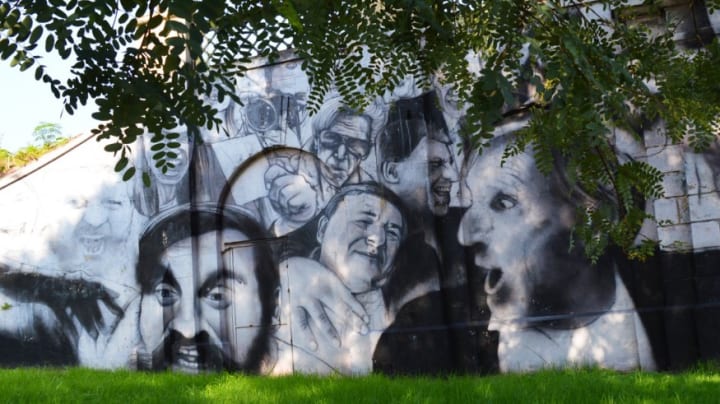
Instead of looking for something that doesn’t exist, take a wander around the 1,000-acre (400-hectare) Bosques de Palermo (Palermo Woods). Enjoy the lakes and the decidedly non-Parisenne subtropical vegetation.
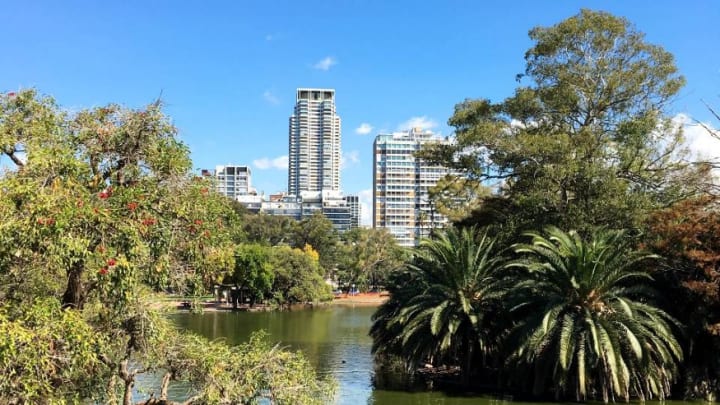
Or grab a cafe con leche (latte) and medialuna (croissant) at a café/restaurant and watch the world go by. Their medialunas are sweet and smaller than French ones.
That's because they're not croissants because this city is nothing like France.
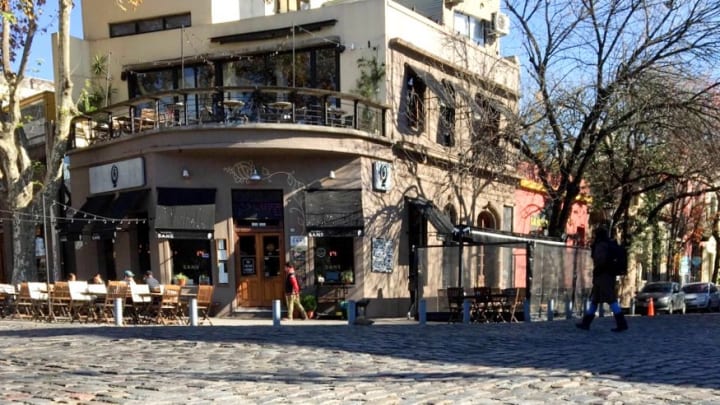
If you want contemporary and trendy, go to the renovated Puerta Madera docklands district and mix with the professional or arty Porteños at a restaurant, bar or modern art museum.
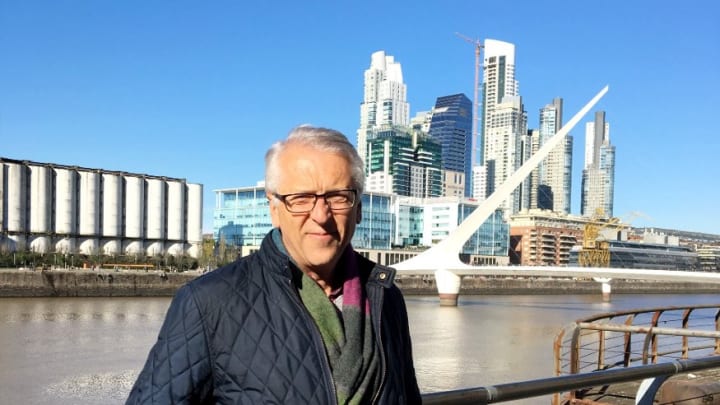
Or wander the streets of Palermo, Colegiales, La Boca (tourist area) and Almagro districts to enjoy the South American flavoured (not Parisienne) streets.
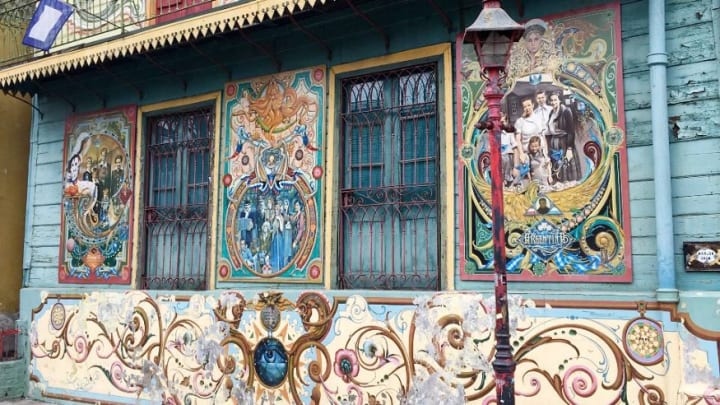
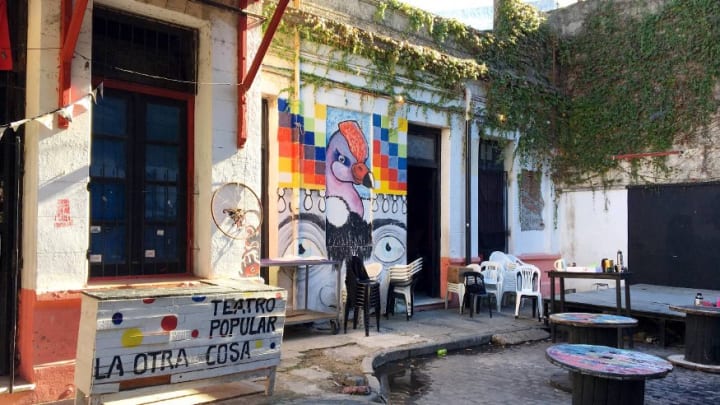
Go to Paris if you want Paris because you won’t find it in Buenos Aires.
Myth 2 — Go to a football match
Travel bloggers will tell you to go to a football (soccer) match when in Buenos Aires.
Do. Not. Go. Under any circumstances.
There are three reasons and reason number 3 below avoids you being attacked and possibly killed.
- If you go with a tourist guide, they will charge you around US$250 for a ticket that costs US$5 to US$10. Whilst this is a safe option, the organised tourist trips are a rip-off for the price. I wonder if the bloggers are affiliates.
- Entrance tickets are only available to registered home supporters or tourist offices. Unless you know a home supporter willing to help you or you pay US$250 to a tourist agency, it’s impossible to get a ticket for a game.
- If you were to get a ticket through a local contact and go alone, it’s dangerous. The stadiums are generally in poorer areas and it’s unsafe for foreigners on their own.
Violence at football matches is common. There have been more than 200 football related murders in Argentina and thousands of injuries.
The 2018 Cup Final between Boca Juniors and River Plate was called off after River supporters attacked the Boca team coach before the match and injured several players.
The pitches are fenced off to protect the players from the supporters. The tops of the fences have razor wire to prevent supporters from climbing over them.
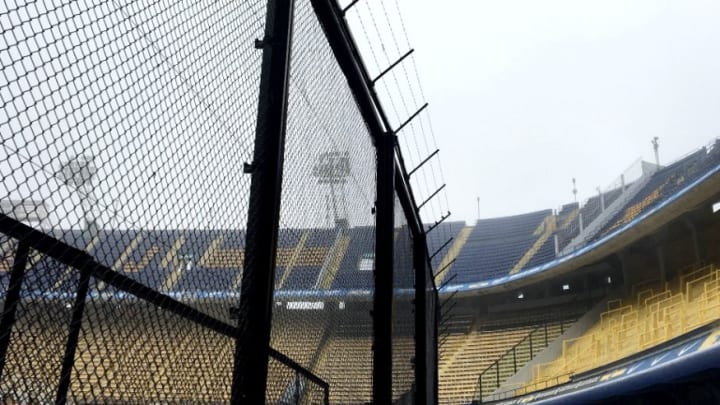
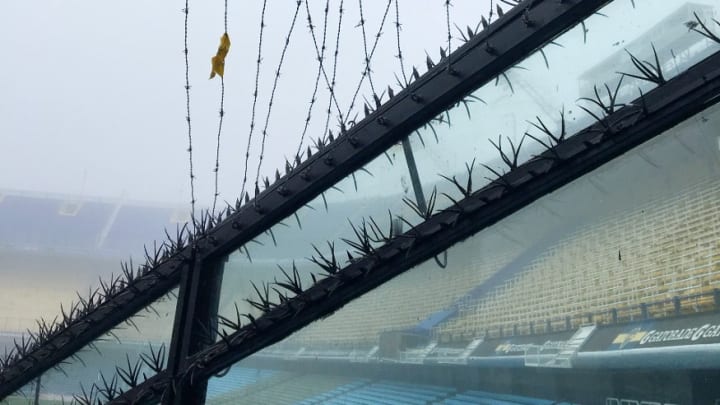
As you can see from the photos, I go to football matches despite what I just wrote. But I’m an honorary Porteño and I go with my in-laws. And I can't live without live football, it’s not possible. I’m sure you understand.
My in-laws get my entrance ticket for me (for $5) and ensure we’re away from any potential trouble areas. You need to meld in if you’re not local.
Here’s the last match I went to at Club Atlético Tigre in the suburbs where many of my in-laws live. Note the plexiglass fence around the sides of the pitch.
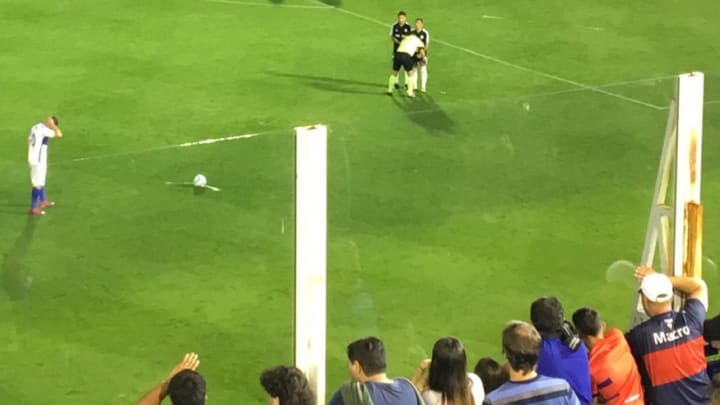
There’s always a heavy riot police presence.
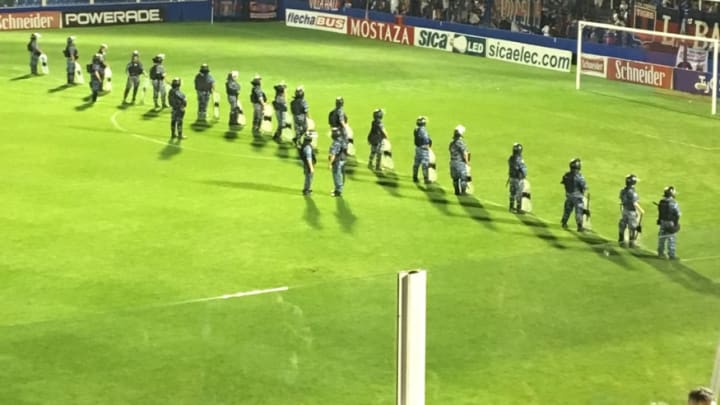
Most of my Porteño friends and in-laws don’t go to the games, they watch on TV or in bars. I don’t understand people not wanting to go to live football but we’re all different. Maybe they like to be safe.
The week after the match above, there was a shooting during a scuffle between the home supporters of the team Tigre played.
Unless you have 10 in-laws to take you to football, my advice is to go to the Hipodromo de Palermo to watch horse racing or to the horse polo stadium next door. They are cheap and safe.
The Hipodromo hosts some of the most important horse races in the country. It's free to enter but might not be so cheap if you make a bet or two so that’s up to you.
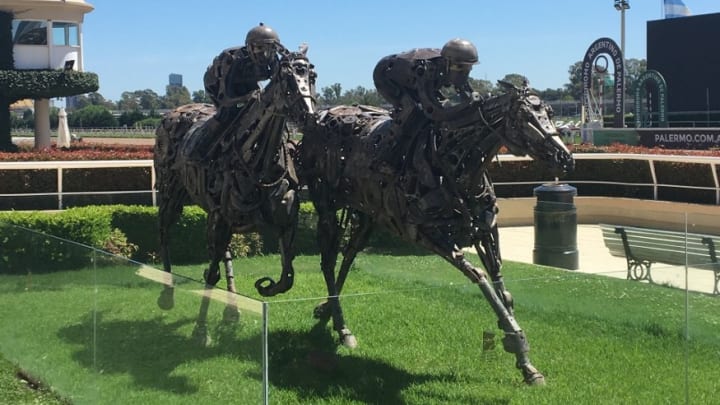
Myth 3 — Stay in Palermo or Recoleta
Every single guidebook and blog points you at these two ‘barrios’ (districts) for your stay.
It’s true they are safe and with lots of amenities. They’re also expensive, crowded and, in the case of Palermo, very very very (very) noisy. Palermo is where the nightlife is and where the young go dancing until 6 in the morning.
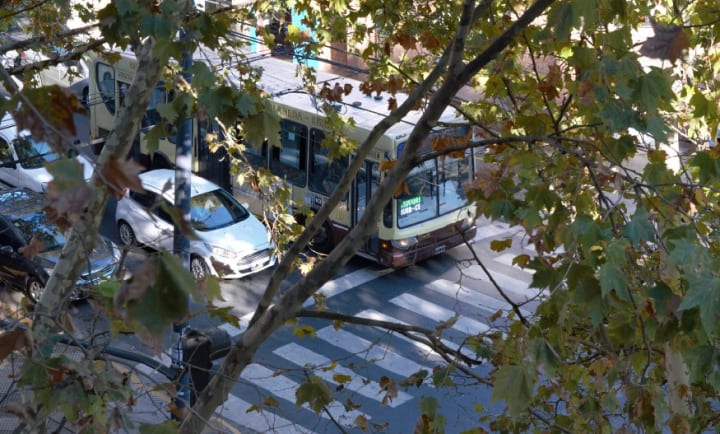
Palermo streets are often narrow and the traffic is heavy. Argentinians love to use their car horns and the buses are diesel and sound like Soviet-era tanks.
Visit Palermo and Recoleta but stay in Belgrano, Colegiales or Almagro. They are equally safe, upmarket and have a more mature restaurant and bar scene. They can still have a lot of traffic but they border Palermo and are quieter and much cheaper.
It’s where the locals stay because they know better than travel bloggers.
Myth 4 — Eat steak and drink Malbec wine and Quilmes beer
Of course, the steak is great and the Malbec fantastic but Buenos Aires cuisine is much more. The food is an incredible mix of Italian and Spanish styles, often with a Porteño twist.
Try the fruity Torrentes white wine. It’s difficult to find outside Argentina but incredible. Also, try the Malbecs from Patagonia or Salta. They don’t export much from these areas and they are different to those from the more familiar Mendoza region. And they are quite wonderful.
Don’t bother with Quilmes beer, despite what bloggers tell you. It's a little bland. Instead, try the amazing range of IPA craft and red beers.
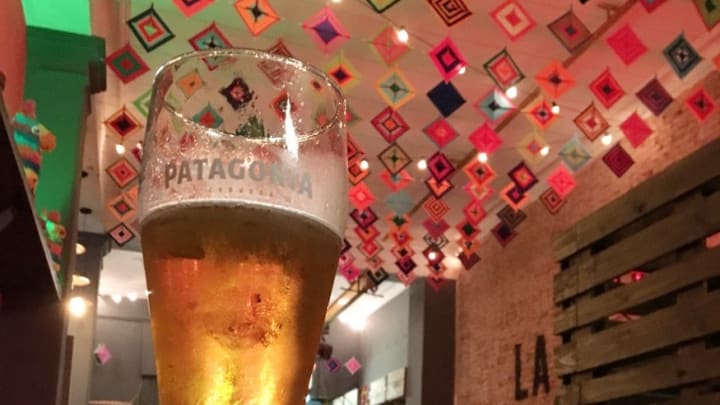
Myth 5 — Change your money before you travel
Inflation in Argentina runs at around 40% a year and the Argentinian Peso is not particularly stable.
Ignore the bloggers — never exchange all your money before travelling and US dollars are not accepted anywhere. You will need Argentinian Pesos.
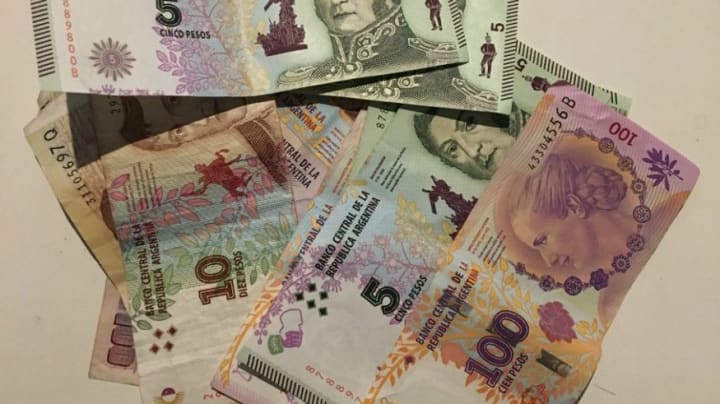
The Argentinian exchange rate puzzle
Although many places accept major credit cards, others only take cash. This is where it can get expensive if you’re not careful. Not least because the symbol for the Peso is a $ in Argentina; the symbol for the US dollar is US$.
What you need to know is there are two exchange rates, the official and the ‘informal’ Dollar Blue
At the time of writing (Feb. 2022), the official exchange rate was US$1 = $105 pesos.
The informal Dollar Blue rate, however, is around US$1 = $210 pesos.
If you exchange your money before you travel at a bank you get the official rate, half that of the Dollar Blue rate. Worse still, inflation will erode the value of your pesos within a few days.
And don’t forget, if you use your credit card or use a cashpoint (ATM), you pay the official rate.
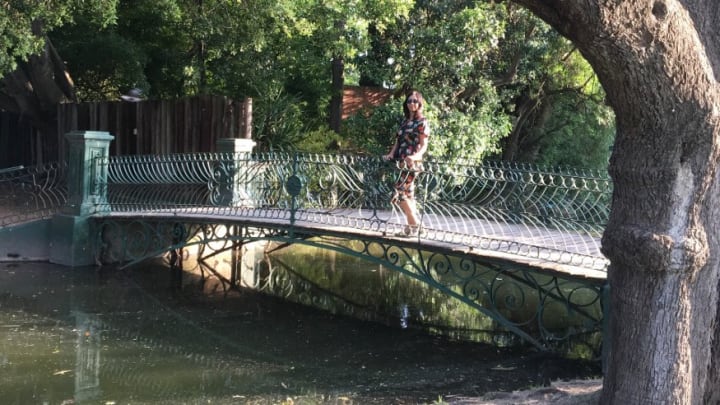
Get double the value for your Dollars, Euros and Pounds
The informal Dollar Blue rate is tolerated by the authorities. That’s because they want Dollars, Euros and UK Pounds brought into the country. People’s savings tend to be in US dollars and often in cash. They don’t trust the banks or the government for good historical reasons.
You will need to go to a ‘semi-official’ Cueva (cave in Spanish). To find a Cueva, listen out for people in the street calling out, “Cambio, Cambio,” (exchange) or look out for handmade signs saying, Cambio, in shop windows or on the street stalls that sell newspapers and magazines.
If you’re obviously not an Argentinian, like me, you will be approached many times asking if you want, “Cambio.”
You should be fine as long as you are careful when you use a Cueva. Often there will be a police officer standing outside the Cueva.
Change small amounts of cash at a time due to inflation. Make sure you know roughly how much you’ll get for your currency beforehand and count your exchanged money meticulously before you leave.
As to why the informal rate is double the official, I have no idea. It’s just one of the many mysteries of this wonderful country.
The Insider View of Buenos Aires blogging myths
Buenos Aires has everything you’d expect from a major South American (not French) city. The locals are warm and welcoming, the cultural life is as good as London or Paris and the nightlife is amazing.
And if you can’t get to a real football match, there are plenty of alternatives….
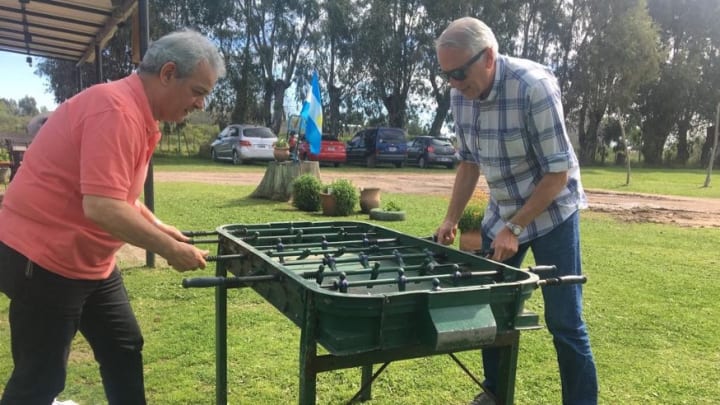
About the Creator
Alex Markham
Music, short fiction and travel, all with a touch of humour.






Comments
There are no comments for this story
Be the first to respond and start the conversation.